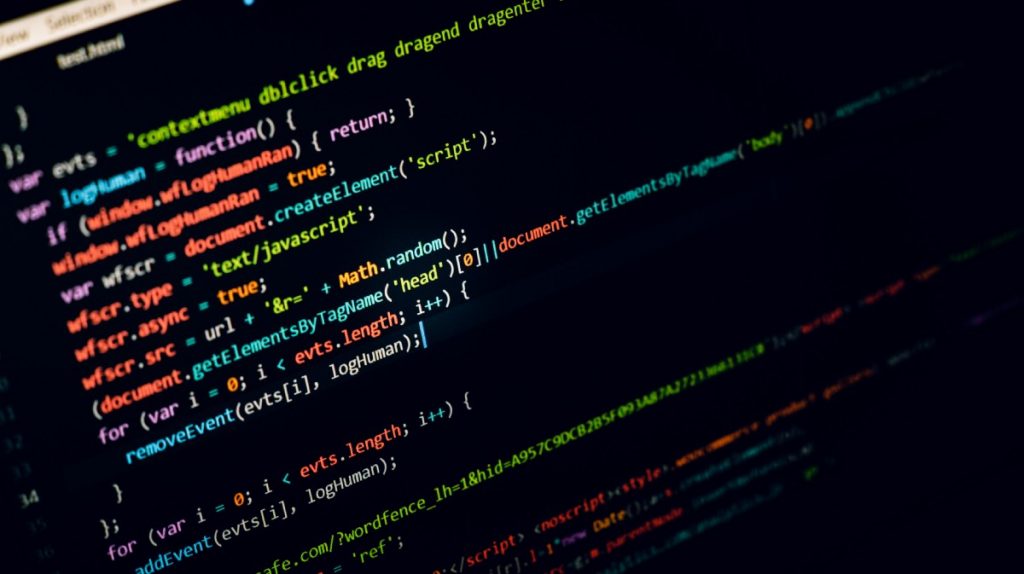Python is a straightforward and open source programming language whose simplicity and global appeal have led it to become the most widely taught coding language, especially for beginners. Although it has such widespread utility, Python is optimized for data extraction and analysis. In addition to the code itself, there are open-source Python libraries with key elements of certain codes already completed.
Python libraries detect patterns in the stock market by compiling an interactive stock platform. When investing in the stock market, you want to analyze the data to know what you are getting into with each stock.
Recently, computers have become critical to the stock market as algorithms allow digital trades to happen quicker than a human could. High-frequency trading (HFT) is the trading method used by computer programs to process multiple transactions in seconds.
As computers play a significant role in stock market trading, learning how to harness certain programs will be of benefit. Python scripting will not create an algorithm to handle trades, but it helps investors innovatively handle stock trends.
Why Visualization Is Important
When investing in the stock market, portfolio management can demand a considerable portion of your time. You have to research companies to make the best decisions and reduce risk in any way possible.
Visualization is critical when investing in the stock market because it helps investors see market changes. They can create custom dashboards that show how their stocks are performing and how certain companies are trending over time to inform their decisions.
To make the best decisions in the stock market, investors need to consider two types of analysis: Technical analysis and fundamental analysis.
Technical analysis optimizes charts to pinpoint past and current trends across the company’s stock values. Fundamental analysis uses current stock information to predict future profits for a specific company. It considers the company’s competitive position in the market.
Using these two methods of analysis in conjunction will give you a broad overview of a company before making any trading decisions. Consider the annual report as part of your fundamental analysis and keep the company’s history in consideration.
How Python Can Help
Visual Python helps investors see the big picture before investing in a company by combining technical and fundamental analysis into one visualization. Compiling this information can be done manually. However, it is a cumbersome task, and the current data will be constantly updating.
Python scripting has proven to also work for many similar tasks, such as web scraping, so it only makes sense that it helps visualize market changes. The code used for visualization will index datasets from around the web and pull the most recent information, similar to how it scrapes the web.
Predicting Stock with Python
Python uses algorithms to analyze market changes. This information can help the program predict the future of stocks by using Linear Regression and Support Vector Regression (SVR).
Linear Regression uses two separate data variables to determine a single outcome. In terms of the stock market, this would allow investors to plot stock prices to determine when a stock has been oversold.
SVR sets the parameters of multiple data items that Python pulls for visualization. Stocker is a Python class you can add to an open-source library and then further customize the data it pulls from the stock market. You can adjust the closing price, date range, and changepoints.
Changepoints appear when you change the data from increasing to decreasing and see patterns in the peak of the stock’s rate. Flagging the changepoints can help predict the future of a specific stock, so having a Python code that pulls this data is advantageous.
After adjusting all of the constraints for each feature, you can plot the results as a line graph, pie chart, bar graph, or cluster. You can also request to see the data as a spreadsheet.
A great option is to add a column called “Trend” and set the parameters as a daily percentage change. If a stock has a low percentage change, it can be marked as a slight change. If it has a moderate or severe percentage change, you can designate it accordingly.
This allows you to use one column to get the general stock insight needed before taking a closer look. You can easily assess the risks of stocks by adding this column into your visual Python.
Final Thoughts
Python is a coding language that can help you predict trends in various financial and scientific fields. Using various open-source libraries, you can use Python scripting to your advantage.
Remember: Everything you learn from this language is just a prediction. That being said, it’s based on data and gives you a good starting point to make educated decisions about the stock market.
Follow Techdee for more!
